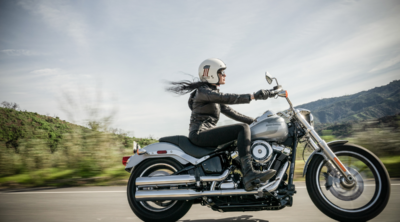
As an item among other camping essentials, picking up a stove depends primarily upon its usage. For more tips on how to choose the best camping stove, read this ThrillSpire article.
When it comes to camping (or any outdoor activity, for that matter), everyone from an amateur to a professional to a novice, will have an opinion on everything. Whether that opinion is solicited or not, it will definitely be thrust upon you like a commandment. Don’t believe it? Well, just mention the term ‘camping stove’ at your next outing with some outdoorsy types, and see what follows.
But hilarity (and exasperation) apart, if you’re really looking to buy a camping stove, just keep the following points in mind.
Decide your usage and fix a budget.
Yes, it is impractical to suggest that you need to determine your usage before you make a purchase, but doing so will avoid a lot of hassles in the future. For instance, if you’re an occasional weekend camper, you’d be better advised to pick a light, single burner stove, meant for backpackers. If you travel in groups, a two-burner stove would be recommended. Therefore, you need to be sure of the usage (at least to a certain extent) to be able to make the right choice. As far as the budget is concerned, lighter and fancier versions are bound to cost more, but you must determine whether your choice justifies the investment you’ve made.
Decide the size of your stove.
Single burner stoves like the Coleman Sportster II Liquid Dual Fuel Stove are apt for short individual/couple trips to the outdoors. Such stoves are lightweight and easy to carry in backpacks. The one mentioned above gives you the option of using Coleman liquid fuel or unleaded gasoline, and comes with built-in pot support and wind protection.
If you’re planning to go camping to far off locations, or perhaps even overseas, you might want to try something like the MSR WhisperLite International backpacking stove. Being a multi-fuel model, it functions on white gas, kerosene, and unleaded gasoline, making it a versatile companion no matter where in the world you’re heading to. Plus, its compact and lightweight features make it a breeze to carry on international flights.
Two-burner stoves like the Coleman Classic 2-burner stove are perfect for those going camping with a group of 3-5 people. This stove has enough space for 2 10-inch pots, with a run time of about two hours with both burners on high. The model is a compact one, which can be placed on a table top.
For groups of 6 or more people, it’s advisable to pick a big free-standing stove with legs, like the Camp Chef Pro 60. The stove has great flame control, is easy to clean, with lots of surface area, and comes with handy side shelves.
So basically, your needs will determine the type of stove you should go in for. But we’ve already mentioned that.
Decide the fuel type.
Well, multifuel stoves offer the most flexibility, but these tend to be more expensive. The normal perception goes that propane has a slight edge over liquid fuel, reason being it lights up quickly, is cleaner, and doesn’t call for any of the pumping that is usually required to get a liquid fuel tank up to pressure. Having said that, liquid fuel stoves boil water very quickly, even in lower temperatures.
Examine the boiling and simmer functions.
Each stove’s performance is affected by external factors―the wind direction and the temperature. Plus, you have to again, based on your meal preferences, decide what will work for you. If you’re in the habit of carrying frozen meals for short trips, you will have to pick one that boils water in no time. If you’re planning to eat food items that need to be slow-cooked, you’d better opt for more simmer power. But yes, no matter how much research you put into this, the external factors mentioned above will have a role to play in the performance, so you won’t get a precise estimate unless you actually try one out.
Look for more features.
One factor which highly matters to some, while makes no difference to others, is wind resistance. There are certain models which come with built-in wind resistance screens, whereas some don’t. Wind resistance isn’t too much of a big deal for campers who simply choose to rely on better placement to combat the winds.
Another add-on comes in the form of a grill―this can either come attached to the burner (a grill stove), or you may buy a grill plate separately, which allows you to use it when necessary. Making this choice would depend on how often you use the grill on your outdoor trips.
To round it up, ensure that you have your requirements and priorities sorted before you go ahead and make a purchase. Consult with friends and fellow campers, but do not forget your needs in the meanwhile.

